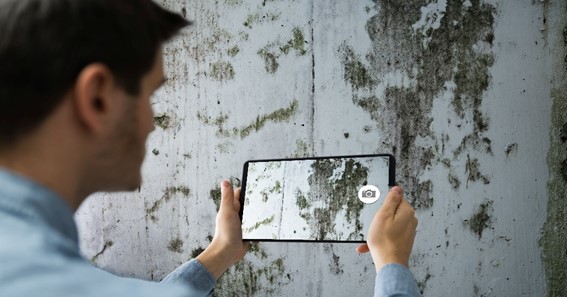Mold is a type of fungus that grows in damp and humid conditions. It can be found almost everywhere, but it thrives mostly in moist environments such as bathrooms, kitchens, and basements. If there are water leaks in your home, you’ll most likely have mold growth in your home. Mold is a common allergen and can cause serious health problems if not taken care of properly. If you are experiencing symptoms such as sneezing, coughing, or skin irritation after being exposed to mold spores, then the mold needs to be removed from your home. Removing mold from your home is not always easy because it may grow back after being cleaned up. It’s, therefore, important to have the molds in your home removed by experts and seal off the source of the moisture breeding the mold. If you’re experiencing mold growth in your home, be sure to contact mold removal companies like Robinson Restoration in Seattle, WA, to remove mold growth from your home effectively.
Meanwhile, in this article, we’ll be discussing how mold regrows after removal. We’ll also discuss how to prevent molds from regrowing after mold remediation.
click here – My PPC Bids Are High, Why Am I Not Getting Impressions?
How Mold Regrows After Removal
The perfect breeding ground for mold is a damp environment. Molds have a simple way of regenerating; they contain tiny spores which are easily carried by air. When a tiny spore falls in a damp place, it begins to regenerate. Due to the regeneration process of molds, it sometimes gets frustrating when you clean molds off surfaces and thereafter notice regrowth after a couple of days. The reason for the mold regrowing is that the surroundings are still moist. This means that after you’ve cleaned the molds, spores that are still suspended in the air will eventually settle in the moist environment and continue the rebirth process.
In other words, to have long-lasting, effective mold removal, the source of the moisture should be repaired first before the mold is cleaned out.
How To Prevent Molds From Regrowing After Mold Remediation.
Inspect your home
The first step to preventing your home from mold regrowth is to conduct a detailed inspection in your home. Check all the areas to find out how water is gaining entry into your home. Check your window, your roof, water pipes, and fixtures for signs of leaks. There are telltale signs of water leaks in homes; some of them include; dripping sounds, discolored walls, sagging ceilings, and several others. If you find any of these signs, make sure you resolve the damage as you commence your mold cleaning.
click here – Want To Know About Topline Lawn Care & Landscaping?
Keep your home well-ventilated
A well-ventilated home means there is proper circulation of air which prevents moisture from building up. Endeavor to open up your windows to let air into your home. When you’re cooking, the heat from your cooker and steam from your meal can get trapped in the kitchen, which in turn breeds mold. In addition, when taking a shower, steam is also generated in the bathroom. Therefore, make sure to open your kitchen and bathroom windows when they’re in use.
Dry damp clothes outside
Sometimes, it could be easier to dry wet clothes faster indoors on a radiator or clotheshorse, but it’s not advisable. When you do this, though your clothes will get dry, the moisture evaporated from the wet clothes will condense on the ceiling and walls. If this is done in the absence of proper ventilation, the condensed moisture could be the perfect breeding ground for mold. This could cause a problem of recurring mold growth in your home. Therefore, it’s best to dry your wet clothes outside or with a tumble dryer. If you must dry your clothes indoors, do well to open the windows to keep the room well-ventilated.
Get a Dehumidifier
A dehumidifier helps to reduce the moisture level in the home. It’s especially helpful if you recently fixed the source of the water leak in your home. It’ll dry out the excess water from the atmosphere hence reducing the chances of mold regrowing after cleaning up. Dehumidifiers are effective, and some of them can collect up to 10 liters of water within a couple of hours.
In conclusion, if you keep experiencing mold problems in your home despite cleaning the affected area repeatedly, be sure to consider the preventive tips above. Also, make sure to contact professional mold remediation experts like mold inspection Denver to inspect your home and diagnose the cause of the mold infestation. This way, you can effectively tackle mold problems in your home.

